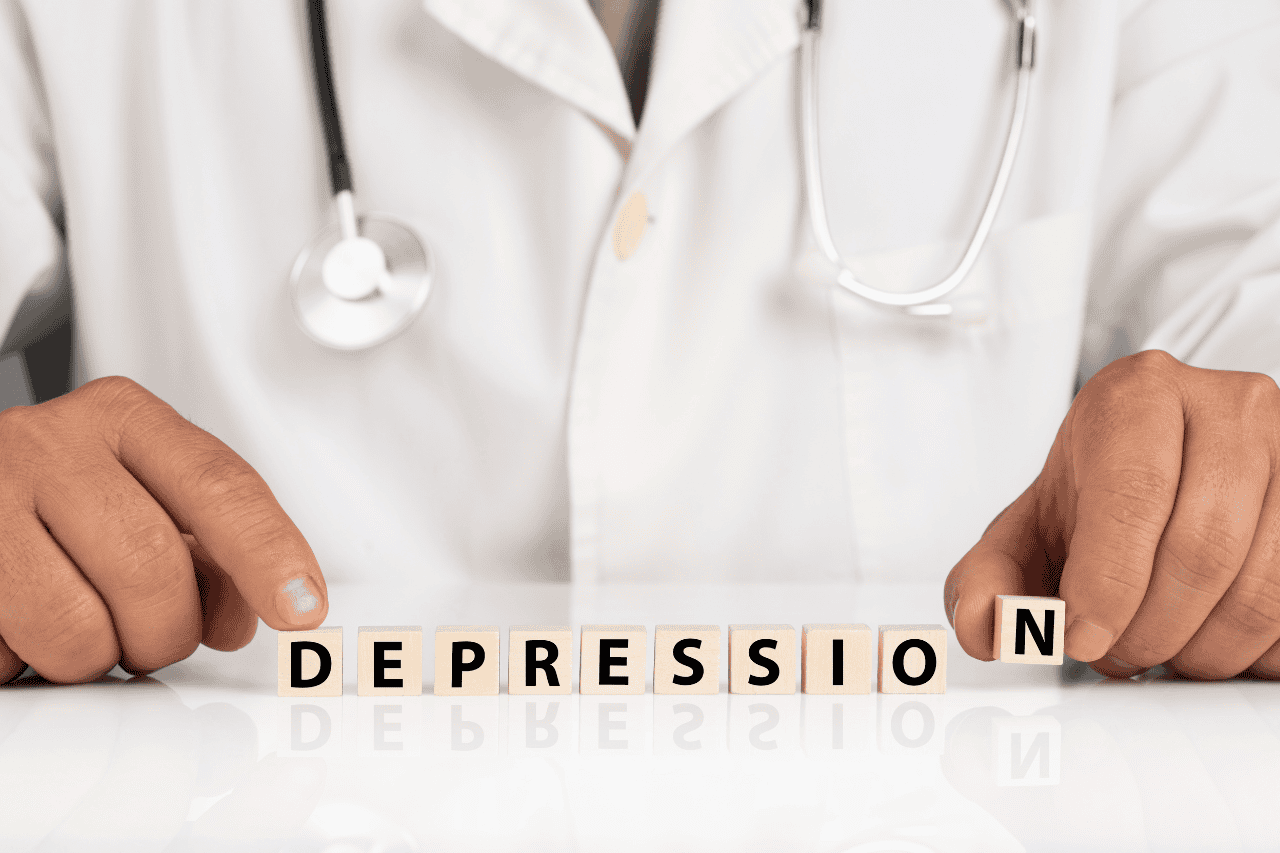Depression among men is increasingly common, yet often overlooked or misunderstood. Societal pressures frequently discourage men from seeking help, leaving many silently struggling. Alarmingly, men are nearly four times more likely than women to die by suicide, comprising around 80% of all suicides according to the CDC (source). Depression is one of the leading causes of male suicide, highlighting the urgency of addressing and treating it effectively.
Recognizing Depression in Men
Depression in men may not always look like persistent sadness; symptoms often include:
Increased irritability or anger
Withdrawal from work, hobbies, or social activities
Fatigue and loss of energy
Changes in appetite or sleep habits
Difficulty concentrating
Physical symptoms such as headaches or digestive issues
Increased risk-taking behaviors or substance misuse
Understanding these signs is critical, as untreated depression significantly impacts both mental and physical health.
What is Ketamine and How Does it Work?
Ketamine is an anesthetic medication traditionally used in surgery but has recently gained attention for its rapid antidepressant effects. Unlike traditional antidepressants, which typically influence serotonin or dopamine pathways and can take weeks to become effective, ketamine works primarily through the glutamate system. By acting on NMDA receptors in the brain, ketamine promotes new neural connections and reduces inflammation, rapidly alleviating depressive symptoms. This unique mechanism can quickly reduce suicidal ideation and improve mood, sometimes within hours or days.
Ketamine-Assisted Therapy: Emerging Evidence of Effectiveness
Ketamine-assisted therapy has become a groundbreaking treatment option for men experiencing treatment-resistant depression. Research shows that over 70% of patients treated with ketamine experience notable improvement in depressive symptoms (source). Its rapid onset of action and ability to provide relief when other treatments have failed make it especially valuable for those in acute distress.
Potential Side Effects of Ketamine Therapy
While ketamine therapy holds promise, being aware of potential side effects is crucial. Commonly reported effects include:
Dissociation or feeling detached from reality
Elevated blood pressure
Nausea or vomiting
Dizziness and sedation
Blurred vision
Increased anxiety
These side effects are typically temporary and closely monitored during therapy sessions (source).
Speaking with Your Doctor About Ketamine Therapy
Discussing mental health can be challenging, especially for men unfamiliar with such conversations. Here are practical steps and suggested questions to guide this important discussion:
Tips for Speaking with Your Doctor:
Clearly outline your symptoms and how long you’ve been experiencing them.
Share your treatment history and any previous medications you’ve tried.
Express your interest specifically in ketamine therapy as a potential option.
Questions to Ask:
Is ketamine-assisted therapy a suitable treatment for my condition?
What are the potential benefits and risks?
How does ketamine compare to other depression treatments?
Can you explain the procedure and what I should expect during treatment sessions?
Are there supplementary therapies or lifestyle adjustments that might enhance outcomes?
Taking Action
Whether you’ve been diagnosed with depression or are exploring treatment options for the first time, initiating this conversation with your healthcare provider is a significant step toward recovery. Your openness to discuss innovative treatments like ketamine-assisted therapy can lead to personalized, effective care. Remember, seeking help is a strength, reflecting your commitment to personal well-being and health.

